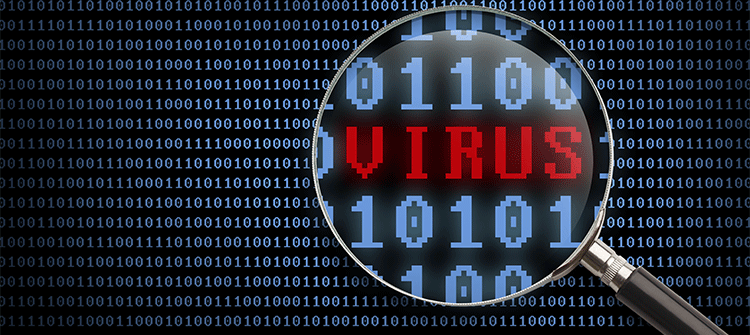In an increasingly digitised world, where computers have become an integral part of our lives, the menace of computer viruses looms large. These malicious programs can wreak havoc on both PCs and Macs, compromising sensitive information, disrupting operations, and causing financial losses. It is crucial for users to understand the dangers of computer viruses and adopt robust protection measures to safeguard their devices and data.
The Threat Landscape
Computer viruses come in various forms, ranging from adware and spyware to Trojans and ransomware. They exploit vulnerabilities in operating systems, software, and network infrastructure, posing significant risks to both PCs and Macs. Once infected, these viruses can engage in activities like data theft, keylogging, system corruption, and unauthorised access, potentially leading to identity theft, financial fraud, and privacy breaches.
Protecting PCs and Macs
1. Reliable Antivirus Software:
The first line of defence against computer viruses is reputable antivirus software. Choose a well-established, up-to-date program that offers real-time scanning, malware detection, and automatic updates. Regularly scan your system for potential threats and ensure that your antivirus software covers all aspects of virus protection.
2. Operating System Updates:
Keeping your operating system (OS) up to date is vital. Developers release regular updates to address vulnerabilities that can be exploited by viruses. Enable automatic updates on your PCs and Macs to ensure you receive the latest security patches promptly. Avoiding unpatched systems significantly reduces the risk of falling prey to viruses.
3. Firewall Protection:
Enable firewalls on both PCs and Macs to create a barrier between your devices and external networks. Firewalls monitor incoming and outgoing network traffic, filtering out potential threats. They act as a crucial defence mechanism, preventing unauthorised access to your computer and blocking suspicious connections.
4. Safe Browsing Habits:
Practicing safe browsing habits is essential to protect against virus infections. Avoid clicking on suspicious links, downloading files from untrusted sources, or opening email attachments from unknown senders. Be cautious when sharing personal information online and be wary of phishing attempts that try to trick you into revealing sensitive data. Related article: Received an email from a trusted source? You should still be careful.
5. Email Safety:
Email is a common vector for virus distribution. Be cautious when opening email attachments or clicking on embedded links, especially if they come from unfamiliar or suspicious sources. Enable spam filters on your email client to reduce the chances of receiving infected messages. Remember that legitimate organisations rarely request personal information via email. Related article: 7 simple tricks to avoid spam and phishing emails.
6. Regular Backups:
Regularly backing up your data is a crucial practice that can protect against data loss caused by viruses or system failures. Utilise cloud storage services or external hard drives to create backups of important files. In the event of a virus infection, you can restore your system to a previous, virus-free state, minimising the impact of the attack.
7. User Account Privileges:
Restricting user account privileges can limit the damage caused by viruses. Avoid using administrative accounts for everyday activities and create separate accounts with limited privileges for regular use. This approach helps prevent viruses from gaining full control of your system and limits their ability to make significant changes.
Conclusion
The dangers posed by computer viruses demand proactive measures to protect both PCs and Macs. By staying informed about the evolving threat landscape and implementing security best practices, users can significantly reduce the risk of falling victim to viruses.
Reliable antivirus software, regular OS updates, firewall protection, safe browsing habits, cautious email practices, regular backups, and user account privileges are all critical aspects of a robust defence strategy. With a proactive approach to computer security, users can safeguard their devices, personal information, and digital lives from the perils of computer viruses.





